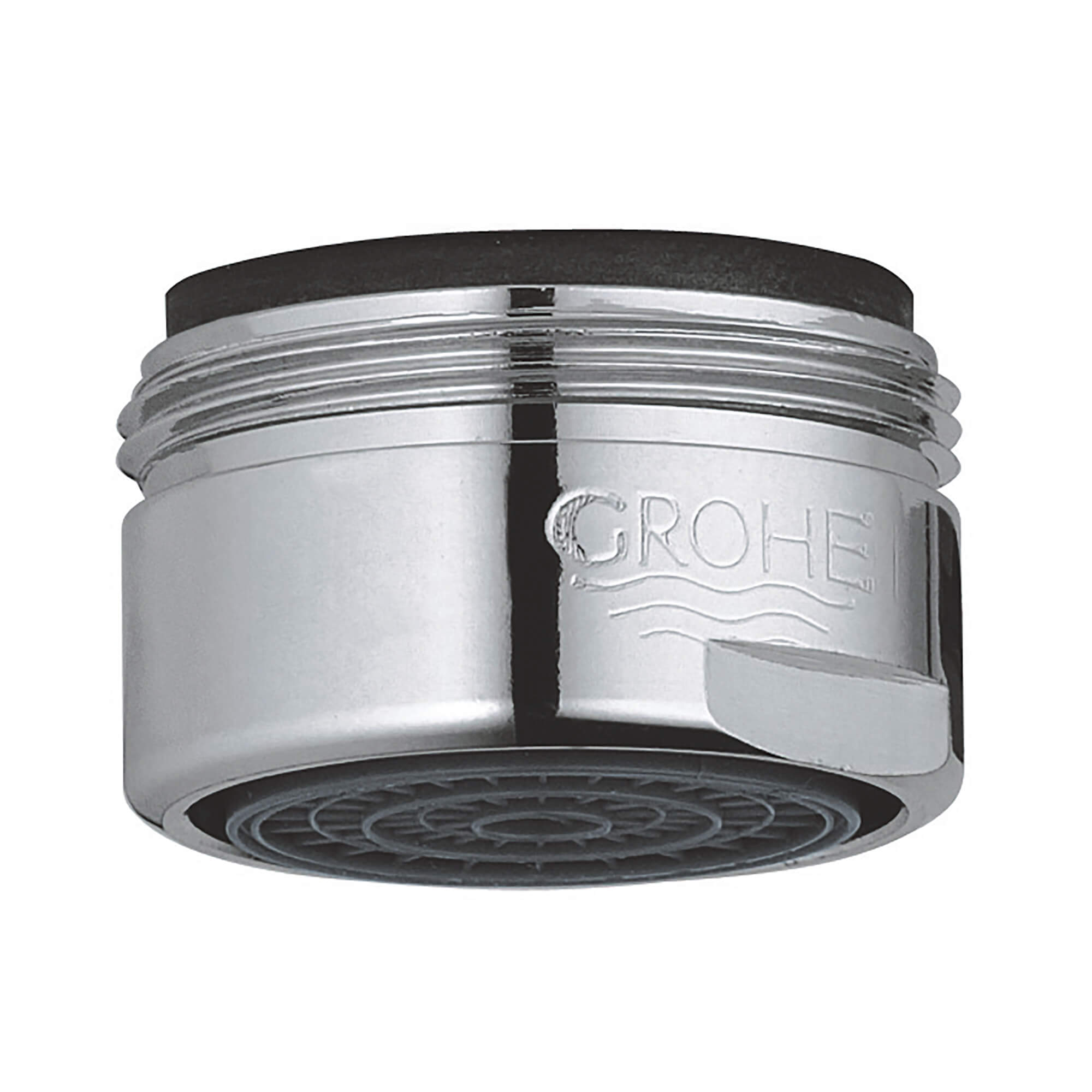Replacing the Grohe Bathroom Faucet Aerator: Grohe Bathroom Faucet Aerator Replacement

The aerator, a small component on the end of your faucet spout, is responsible for mixing air with water, creating a smooth and consistent flow. Over time, mineral deposits and debris can accumulate in the aerator, restricting water flow and impacting the overall functionality of your faucet. Replacing the aerator is a simple DIY task that can restore your faucet’s performance.
Removing the Old Aerator
To remove the old aerator, you will need a wrench or pliers.
- Turn off the water supply to the faucet. This is usually done by turning the shut-off valve located beneath the sink.
- Use a wrench or pliers to unscrew the aerator from the faucet spout. Some aerators may have a small retaining clip or nut that needs to be removed first.
- Once the aerator is removed, inspect it for any mineral deposits or debris. This will help you determine if the aerator is simply clogged or if it needs to be replaced.
Selecting the Correct Replacement Aerator
Choosing the right replacement aerator is crucial for ensuring proper water flow and functionality.
- Check the model number of your Grohe faucet. This information can usually be found on the underside of the faucet base or on a label attached to the faucet.
- Consult the Grohe website or contact their customer support for a list of compatible aerators for your specific faucet model.
- Pay attention to the aerator’s flow rate, which is measured in gallons per minute (GPM). Choose an aerator with a flow rate that matches or is slightly lower than the original aerator.
- Consider the aerator’s spray pattern. Some aerators offer different spray patterns, such as a wide spray, a concentrated stream, or a combination of both.
Installing the New Aerator
Once you have the correct replacement aerator, installing it is a straightforward process.
- Screw the new aerator onto the faucet spout, making sure it is hand-tight. Do not overtighten the aerator, as this can damage the faucet.
- Turn the water supply back on and check for any leaks. If there are any leaks, tighten the aerator slightly until the leak stops.
- Test the water flow and spray pattern. If you are not satisfied with the flow or spray pattern, you may need to try a different aerator.
Safety Precautions and Best Practices, Grohe bathroom faucet aerator replacement
When working with plumbing components, safety should always be a top priority.
- Always turn off the water supply to the faucet before working on the aerator.
- Use appropriate tools for the job. Avoid using tools that are too large or too small, as this can damage the faucet.
- Be careful not to overtighten the aerator, as this can damage the faucet.
- If you are unsure about any part of the replacement process, consult a qualified plumber.
